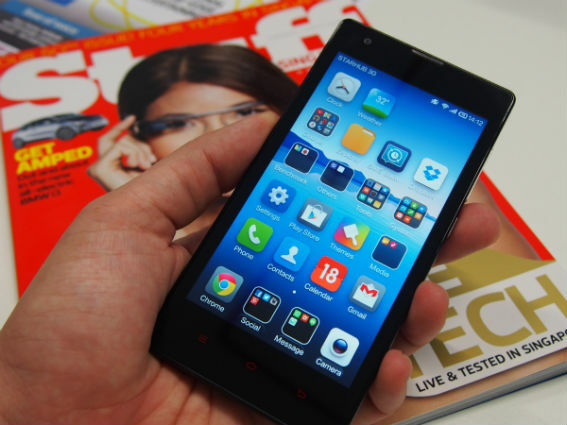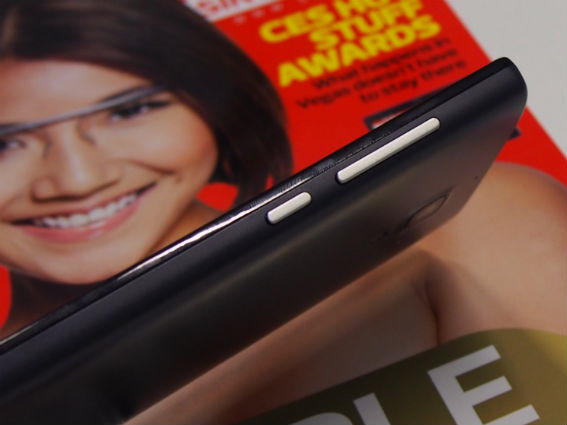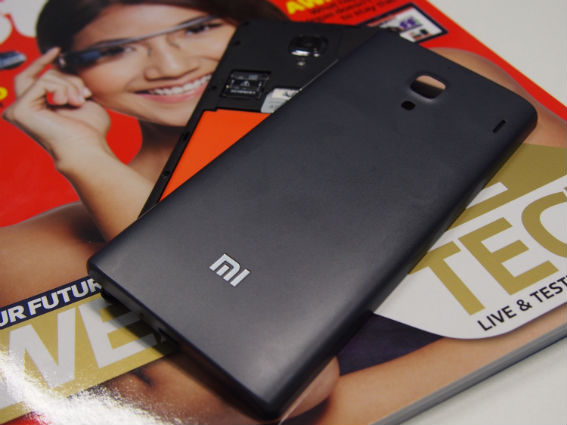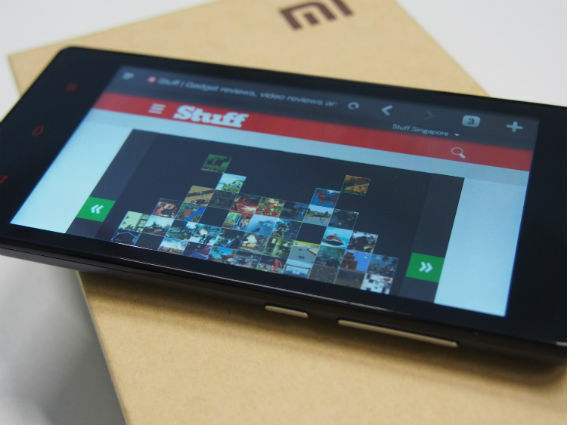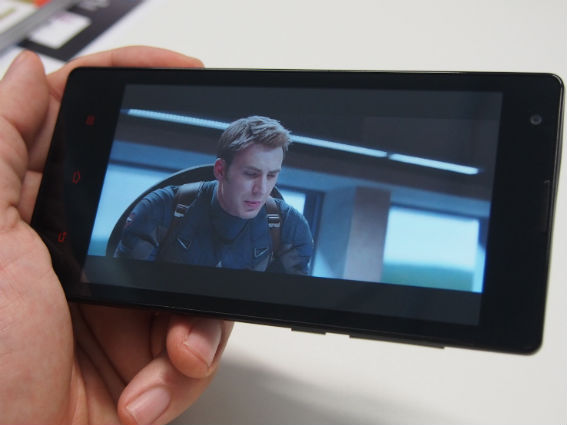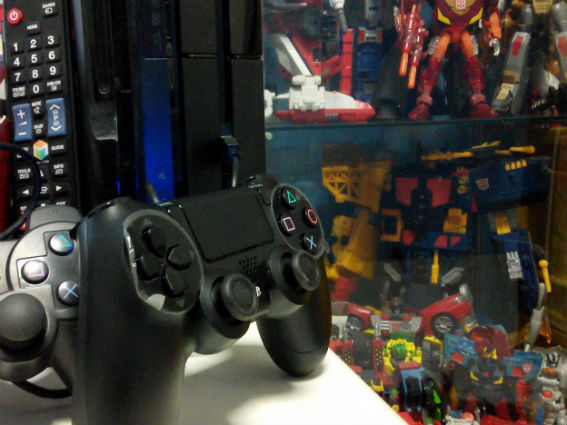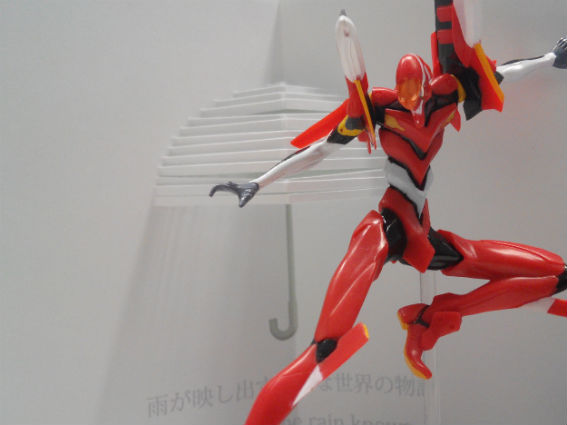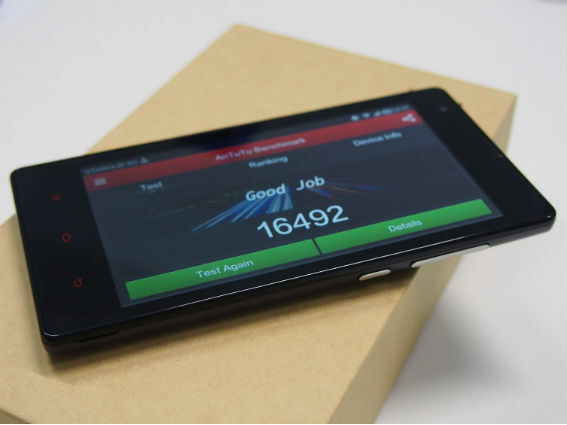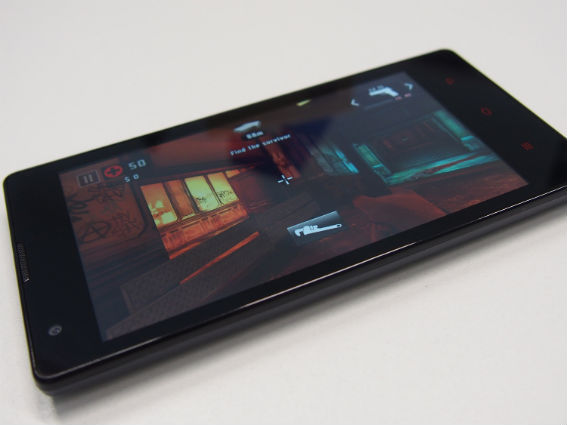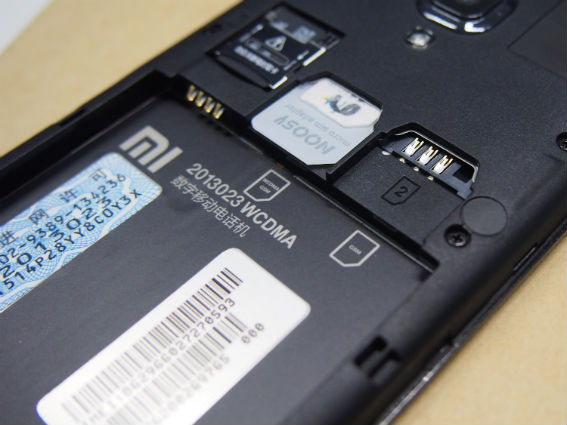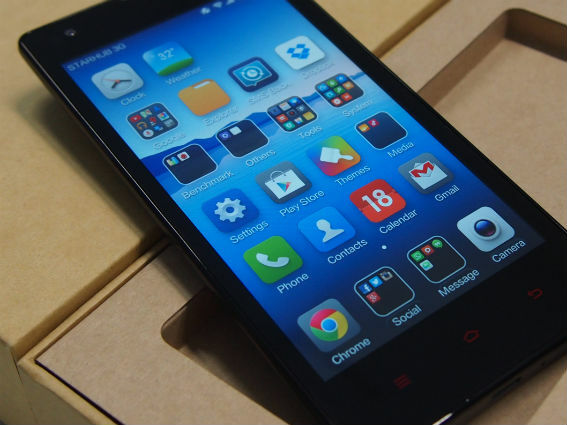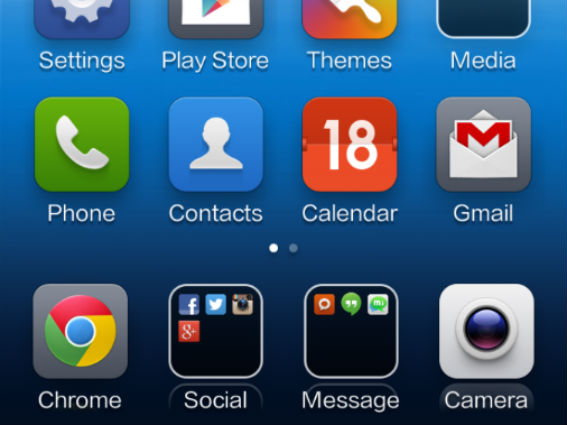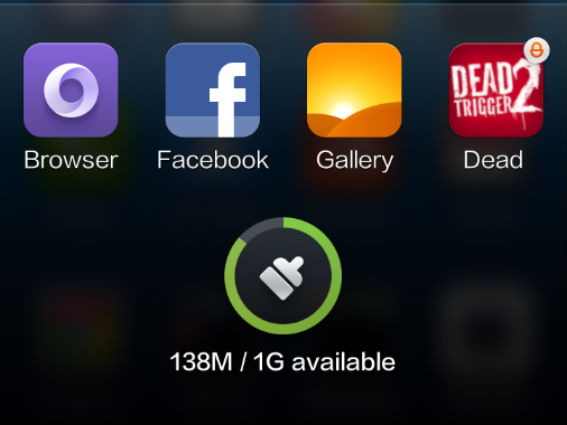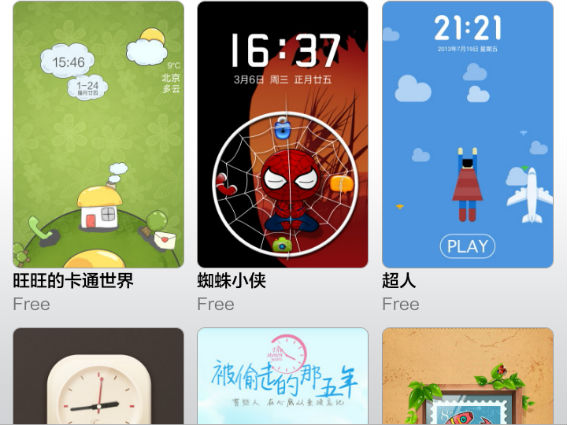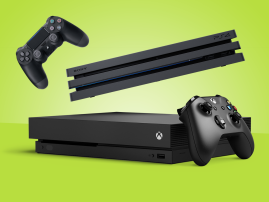Xiaomi Redmi review
Xiaomi's quest for world domination begins here, with one of the best, most affordable Androids ever seen
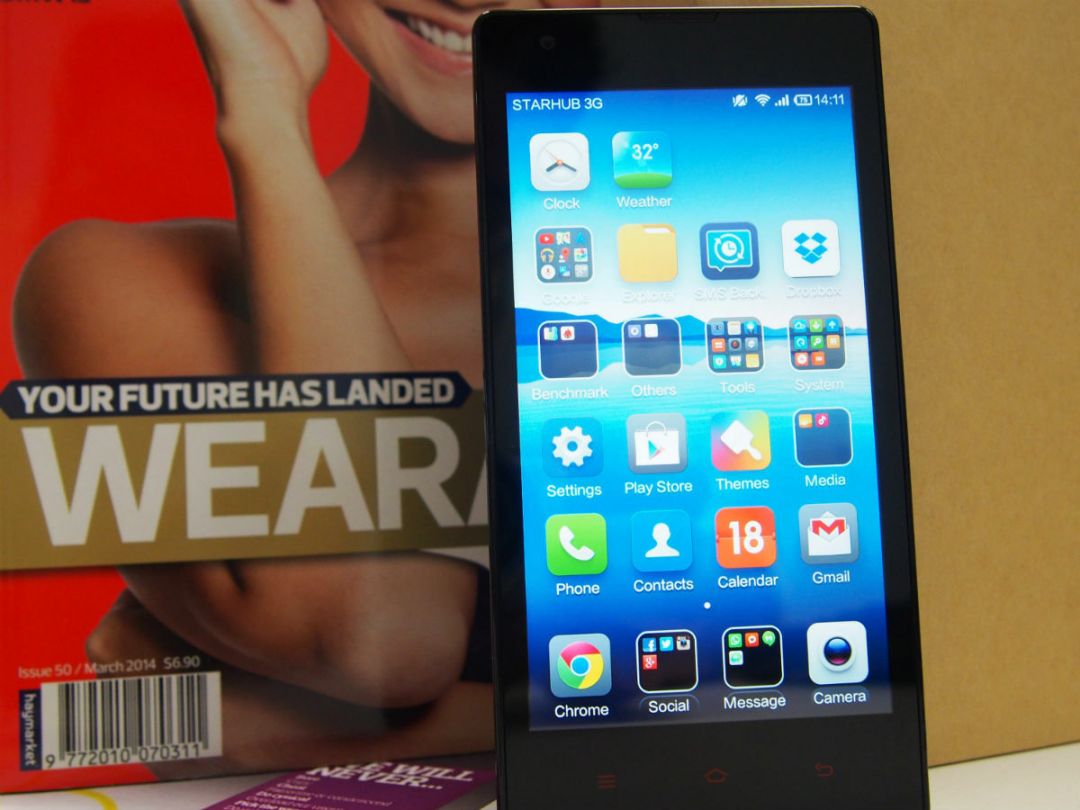
You can be forgiven for having never heard of Xiaomi before, but this Chinese upstart could well be the next smartphone superpower. Hugo Barra certainly thinks so – he left his lofty position as VP of the Android platform at Google to spearhead the company’s global push.
Fledgling brands with grand plans are ten a penny these days, but what makes Xiaomi different is that its first phone to leave China is a barnstormer of a budget phone that’s got us very excited indeed. It’s not been announced for the UK yet (and is reviewed here by the fab folks in Stuff’s Malaysian office), but we’re mighty excited by the prospect of the shake-up Xiaomi looks to be on a course to create when it does finally go global.
With no further ado, meet the Redmi.
READ MORE: Hugo Barra on what Xiaomi and Google could learn from each other
Build: modest yet practical
Manage your expectations – you’re going to see a lot of plastic on this budget Android device. None of the cool metal or sleek lines of an HTC One M8 here. But it’s not all bad, the plastic build keeps its weight manageable at 158g and the build is pretty solid, too.
Can’t live with the dull colours the phone came in? Give it a makeover. You get to choose between a subtle dark grey and flashy bright red rear cover to match your mood. These colour options are broken down to a matte or glossy choice. Want to avoid those smudgy fingerprints? Go for the matte cover and screen protector sold separately on Xiaomi’s online retail store.
You still want more colour options? There are five more to choose from when you strap the Redmi with the soft gel covers – white, rose, blue, yellow and black.
Display: comfortable on the eyes
The Xiaomi’s 4.7in display is a smidge larger than the Moto G‘s modest 4.5in screen. At the same display resolution of 1280 x 720 pixels, the Redmi’s display density is therefore lower than the Moto G’s, but not by much – it’s 312ppi to the Motorola’s 326ppi (which just so happens to also be the old iPhone 5’s pixel density), which is practically nothing in the grand scheme of things.
The numbers don’t tell the full story anyway. The Redmi proves that point when you watch a movie on its 720p IPS panel. Viewing angles are great. So good, in fact, that it encouraged our fellow commuters to watch from the side – a blessing and a curse, then.
Text and images are remain legible even under direct sunlight, thanks to the screen’s capable auto-brightness setting, and colour richness is another surprise – it’s almost an even match against the OLED displays we’ve recently seen, with only black depth lacking on the Redmi’s Sharp-manufactured display when compared side-by-side with the more expensive tech. At this price that seems like fairly minor compromise.
Camera: lucky number 8
Unlike the Moto G, the Redmi doesn’t hold back in the imaging department. The 8MP sensor really gets the job done, with a snappy autofocus and a strong attention to detail. Add HDR enhancement and you can fake it as a world-class photographer when you produce bokeh shots with the camera’s f/2.2 aperture.
Don’t expect it to match the likes of the Nokia Lumia 1020 or Apple’s iPhone 5s, but it’s good for basic food photography to tantalise your friends’ tastebuds on Facebook or Twitter. Just don’t take it on your spy adventures – under low-light conditions, photos end up as grainy portraits.
Besides its decent photography skills, the camera app deserves an extra brownie point for its integrated QR code reader. If only it also had the camera smarts of Oppo’s rotating 13-megapixel camera, but that’s really too much to ask for in a budget Android smartphone.
READ MORE: Oppo N1 – the other brilliant Chinese phone you’ve probably never heard of
Performance: it’s more than just a numbers game
It might come in at under S$200, but the Redmi is still armed with a quad-core processor, clocked to 1.5GHz. This isn’t a Qualcomm Snapdragon or Nvidia Tegra brain, though, but a MediaTek. Never heard of it? Neither had we, and we reserved some skepticism for this relatively unknown chip.
Sure enough, the AnTuTu benchmark rated the Redmi with a score of 16,492. A far cry from your usual quad-core powerhouses, most of which are above 20,000. Is that sufficient reason to give the Xiaomi phone the thumbs down?
Once again, numbers aren’t everything. The benchmark score serves as a gauge, but it doesn’t consider the actual user experience. In this case, the Redmi is far from being crippled. The interface is exceedingly smooth thanks to the MIUI (more on that later) and it takes on multitasking with gusto. At one point, we counted 6 apps running in the background and it felt as though the unit wanted more, welcoming the opportunity to test its legs. And the Redmi has no problems with graphics-heavy games such as Dead Trigger 2 and Real Racing 3, leaving little doubt that this little ripper isn’t afraid of a spot of heavy lifting. Hit the 1GB memory limit and lag starts to creep in a bit, but as long as you’re prepared to keep a watchful eye on background tasks and properly close those that you’re no longer using you’ll have a satisifyingly smooth experience with the Redmi.
Connectivity options don’t deviate far from the standard offering – Bluetooth, Wi-Fi, GPS, and an array of sensors to shake and sort your apps are included. The Redmi also comes with dual SIM support, allowing you to receive and send both calls and messages on two different numbers concurrently.
There is one disappointing omission here, though, and it’s 4G. Something had to give, but we’re disappointed super-fast data speeds are it.
At this point, Xiaomi’s MIUI swoops in to save the day.
READ MORE: HTC One M8 review – the fastest phone we’ve tested
Xiaomi Redmi Tech Specs
Operating system – Android 4.2.2
Processor – 1.5GHz MediaTek quad-core processor
RAM – 1GB
Screen – 4.7in IPS with 1280×720 resolution (312ppi)
Camera – 8MP rear, 1.3MP front
Storage – 4GB internal, microSD expandable up to 32GB
Data – 2G/3G
Battery – 2000mAh
Dimensions/weight – 139 x 69 x 9.9mm/158g
OS: unleashing Android’s full potential
Put the price and the specs to one side and there are still two reasons that you’ll want the Redmi – MIUI 5.0 and themes.
The former, which is a customised Android ROM that led to Xiaomi’s meteoric rise in China, was its starting point before it started making its own smartphones. It was also apparently a huge factor in Hugo Barra’s decision to leave Google for Xiaomi.
There’s exceptional attention to detail here. From menu and app transitions, to font size and app icons, this is a notch above Google’s stock Android UI. In a number of ways the UI is reminiscent of Apple’s iOS 7 – apps are displayed on the home page, rather than a cacophony of icons sitting within the app drawer.
The beauty of MIUI is that you can apply themes to change up the interface. The extreme makeover replaces everything, right down to the app icons, with a customised user interface designed by other MIUI users. Over 5000 themes, which cost nothing to around S$2, are housed in the Xiaomi Theme store.
But deep down, MIUI has more to offer than aesthetic makeovers. MIUI has the option to switch between a full-fledged and lite mode. Perfect for grandparents, who want larger-than-life fonts to read and perform basic cellular and messaging functions. Gramps don’t need none of the apps nonsense.
The deep level of customisation in MIUI allows you to be very specific about what an app can or can’t do. Don’t want Facebook to constantly suck data from your monthly plan? Deny background access to the app. If the phone gets sluggish, press and hold the menu button, bring up the task manager and wipe apps off the memory list. Need WhatsApp to run constantly? Lock it in the task manager. All these nitty gritty details might seem insignificant. Add them all up, though, and it makes a huge difference to the phone’s performance.
READ MORE: 25 fantastic free Android games
Battery: it keeps going and going
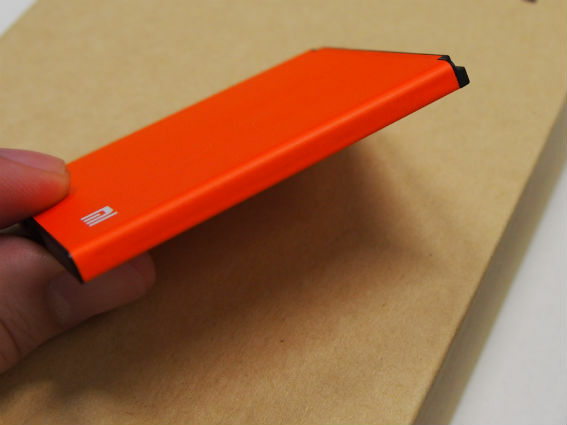
We started the battery abuse with the usual suspects – WhatsApp, Facebook, web surfing and a few quick calls that didn’t stretch beyond 2 minutes. The considerably low usage was lenient on the battery, allowing the Redmi to stay alive for 48 hours.
Yes, that’s 48 hours of fairly typical daily use.
This is by far one of the longest uptimes we’ve seen on an Android phone running on the bare minimum. In comparison, the Moto G can last for a full day, while larger devices with souped-up specs tend to border along the same one-day mileage.
Adding at least 30 minutes of movie playback, Bluetooth audio streaming and more hours stalking our friends on Facebook brought the mileage to slightly more than a day. Still decent, and roughly what the average power user will get – as long as you kill apps and stop some running in the background as we did.
In our formal test, which loops a 720p video at 50% brightness and switching between Wi-Fi and 3G mobile data at the halfway point, the Redmi lasted for 10 hours and 21 minutes.
Your mileage will definitely differ, depending on how heavily you abuse the battery with apps. On the bright side, you can purchase additional batteries that are amazingly flat, and an equally thin battery charger, from its online store.
Verdict
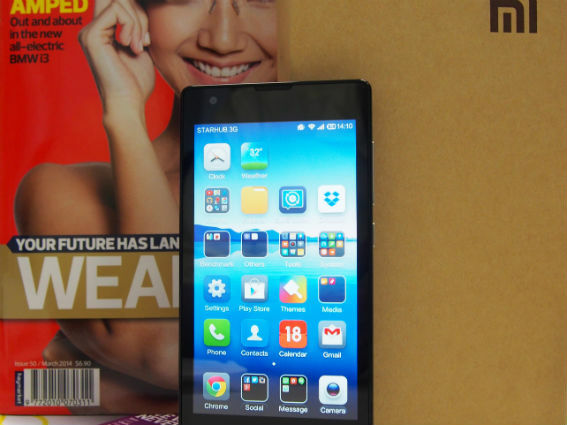
On its home turf of China, Xiaomi already has a reputation to match the big Android manufacturers. Heck, it’s even up there with Apple.
And outside China it’s now scored a big victory in the budget smartphone category, dealing out an Android 4.2 smartphone for a mere S$169. Not even the Moto G or the Nokia Lumia 520 come close to the hardware options Xiaomi delivers with the Redmi. And don’t even get us started on the voodoo that gets two-days of use from that dinky 2000mAh battery.
For now, it reigns supreme as the best value-for-money Android smartphone. Given time, Xiaomi could well overshadow the Droid stalwarts at the other end, too – the flagship Mi3 has also recently launched in Singapore and could be about to embark on a global conquest of its own.
The Redmi doesn’t yet make it to the Smartphones Top 10 over here on account of Xiaomi not yet being available in Blighty, but that could change any day now and every manufacturer – from Motorola to Samsung, HTC to LG, and even Google itself – should be very nervous.
Stuff Says…
One of the best budget phones in existence – here’s hoping for a UK launch soon
Good Stuff
Very affordable
Solid build
Highly customisable MIUI
Bad Stuff
Lack of 4G connectivity
Wasted screen real estate from thick bezel
